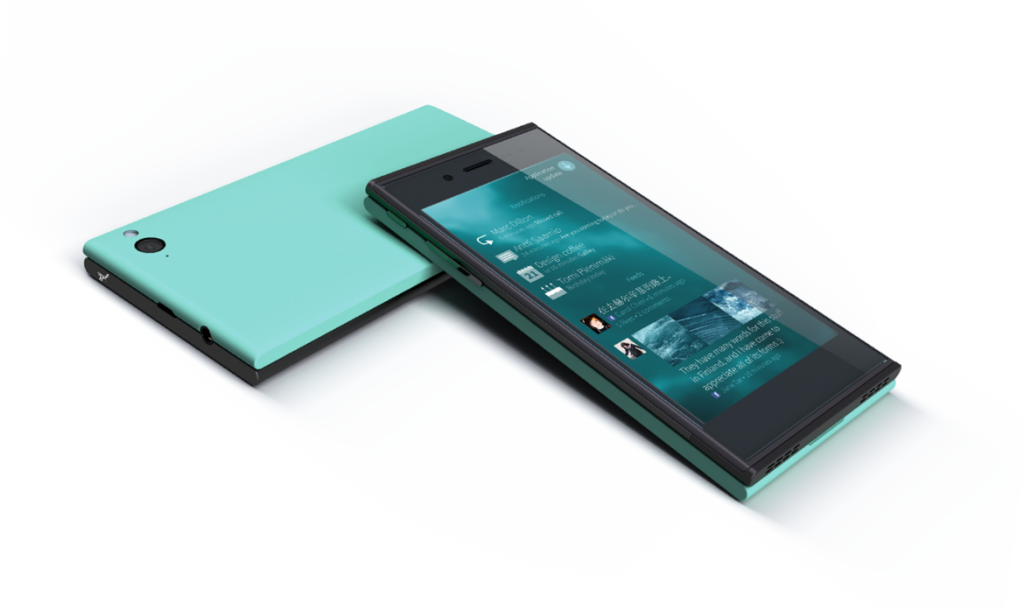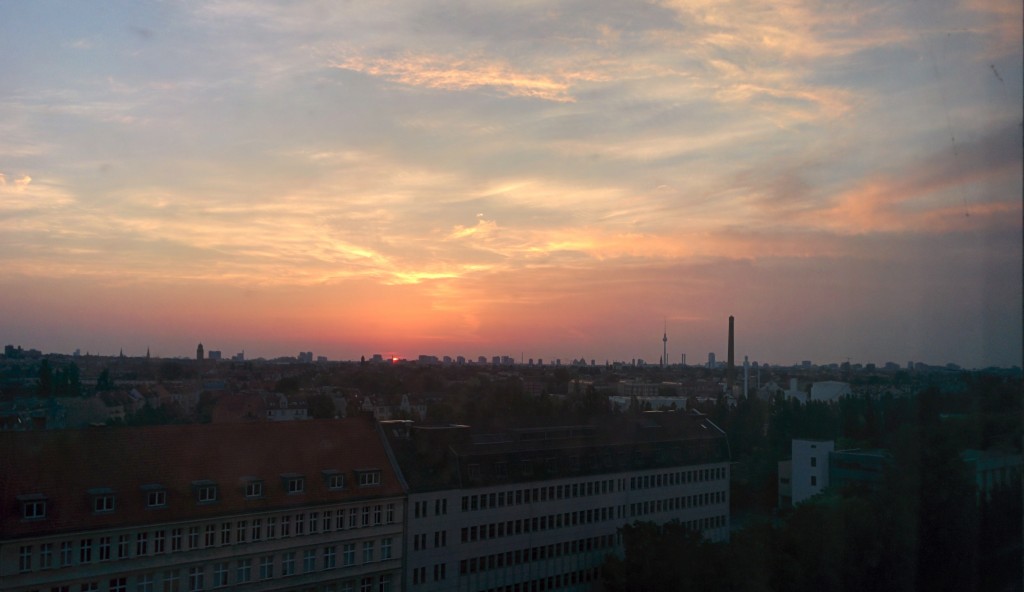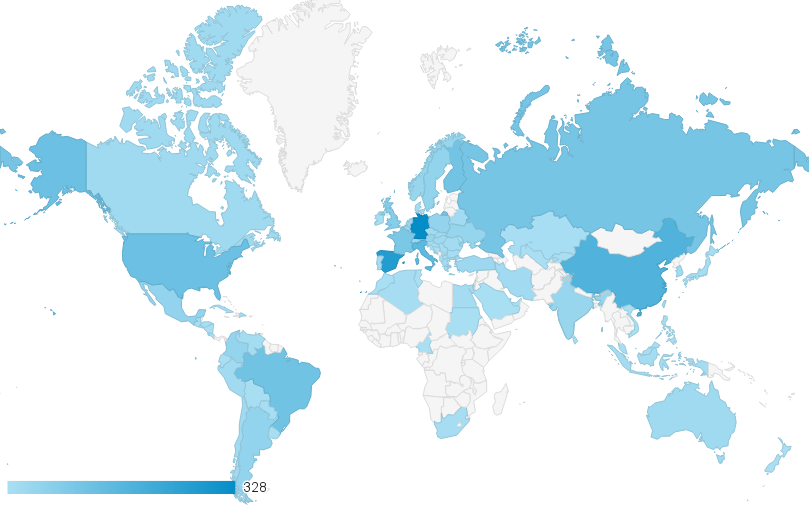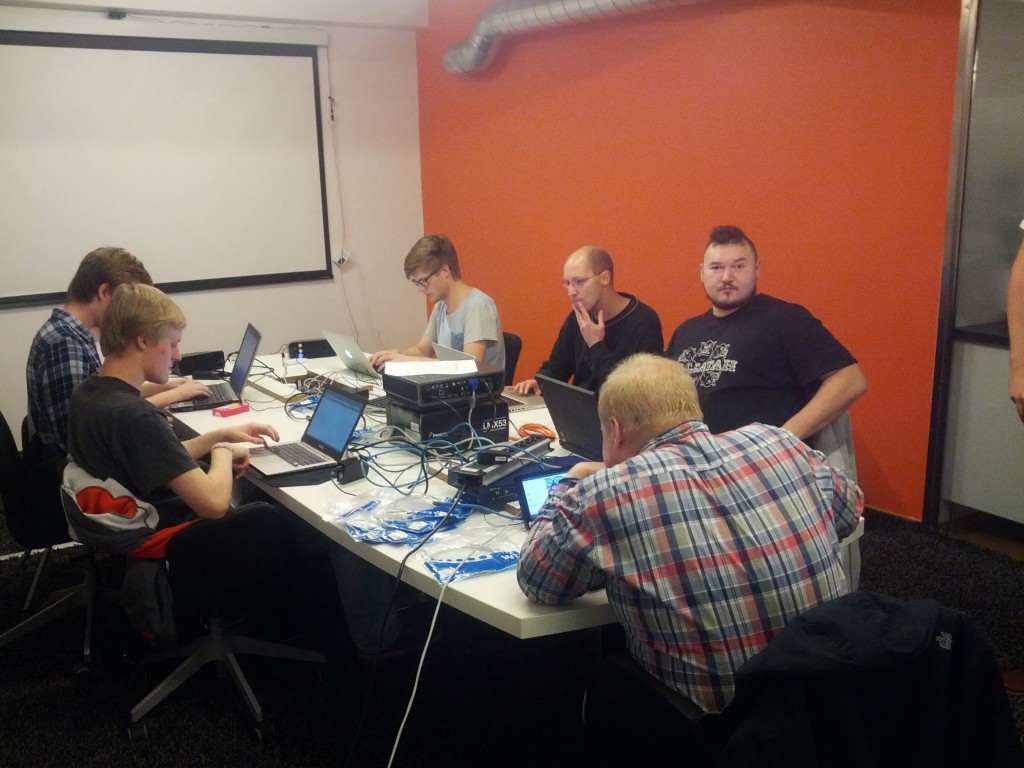Jolla has finally launched the first hints to their first hardware. Being an old N9 user, having dropped his phone, I really do want one. The N9 easily outperformed my current Samsung S3, despite its ancient hardware, so I’m really excited about what Jolla will be able to do with modern hardware.

The specs are a bit sketchy at the moment, but I guess things might become more clear tonight. For €399 you will bet a 4.5″ Estrade display, a dual core CPU and 4G support (in some markets, which will be announced later). 16GB of on-board FLASH and support for microSD means that there will be ample space for music, photos, videos and applications.
An 8MP camera seems to be commodity today, but the user-replaceable battery is a nicety.
So, nothing about the performance of the CPU, or even the family. I expect an ARM in the 1GHz range, which will be more than double the power, compared to the N9. Regarding the screen, I do hope for a screen as nice as the N9. I’m kind of worried that no resolution is specified, and Google does not seem to know what an “Estrade” screen is – hopefully it is good. As Europe is targeted first, I hope that the 4G standard supported will be LTE and will work in Swedish networks.
On the software side, I’m really excited about the Sailfish OS and the Gestures. This is what the N9 started, and the N9 is the only real one-hand device I’ve experienced. Finally a Qt / QML environment with the ambition to bring something new to the table.
As for Android app support, I’m not convinced. The power of the N9 was the pure performance of native applications. Adding an Android stack will use system resources and experience the same performance penalty that pure Android systems face. Also, I guess “app compliant” does not mean certified, i.e. does Google Play work? Still, there will be loads of apps, so everyone can use their favorite service. I hope that the Android stack is loaded when needed, so that it doesn’t take resources when using a purely native setup of apps.
At the time of writing, I cannot register a pre-order as the site is down. I only get 503. This must be a good sign, I guess ;-).







